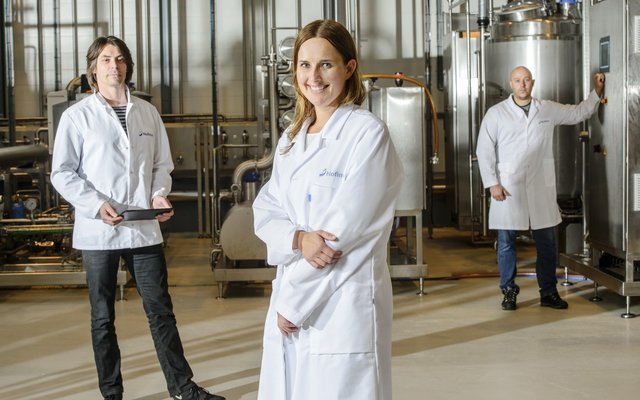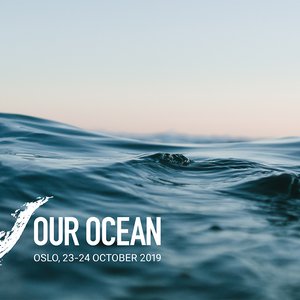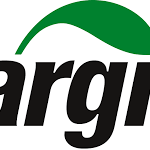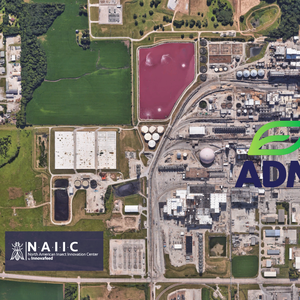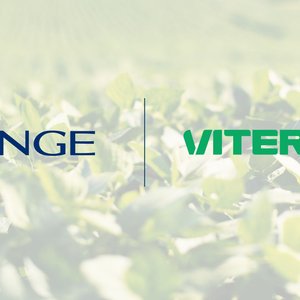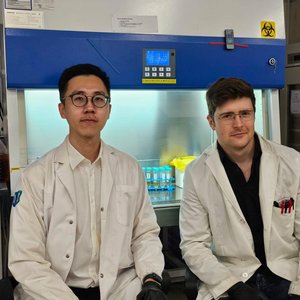Nofima, in partnership with the University of Tromsø and Finnfjord, tested the use of microalgae in salmon feed and its effect on sea lice infection.
Finnfjord is a ferrociliscon producer in Northern Norway. The company grows arctic microalgae consuming CO2 and NOx gasses and utilizing heat from the factory. The production has been scaled up and algae products are now being tested.
Researchers tested the inclusion of microalgae in salmon feed and the effect on the oxylipin levels in salmon’s skin. In addition, the team replaced vegetable oil in salmon feed with marine oils and the effect on fish’s susceptibility to sea lice infection. Vegetable oil was replaced with either marine oil, oil from the copepod Calanus, or biomass from the arctic microalgae.
Researchers found that salmon fed on diets containing microalgae was infected with sea lice at a significantly lower rate than salmon fed a gold standard conventional diet high in vegetable oils. A lower rate of lice infection was also observed in salmon fed with feed containing oil from Calanus.
The project is still ongoing, and analyses regarding skin contents, blood values and lipid content in the fish are being examined and will add data to support the findings.


